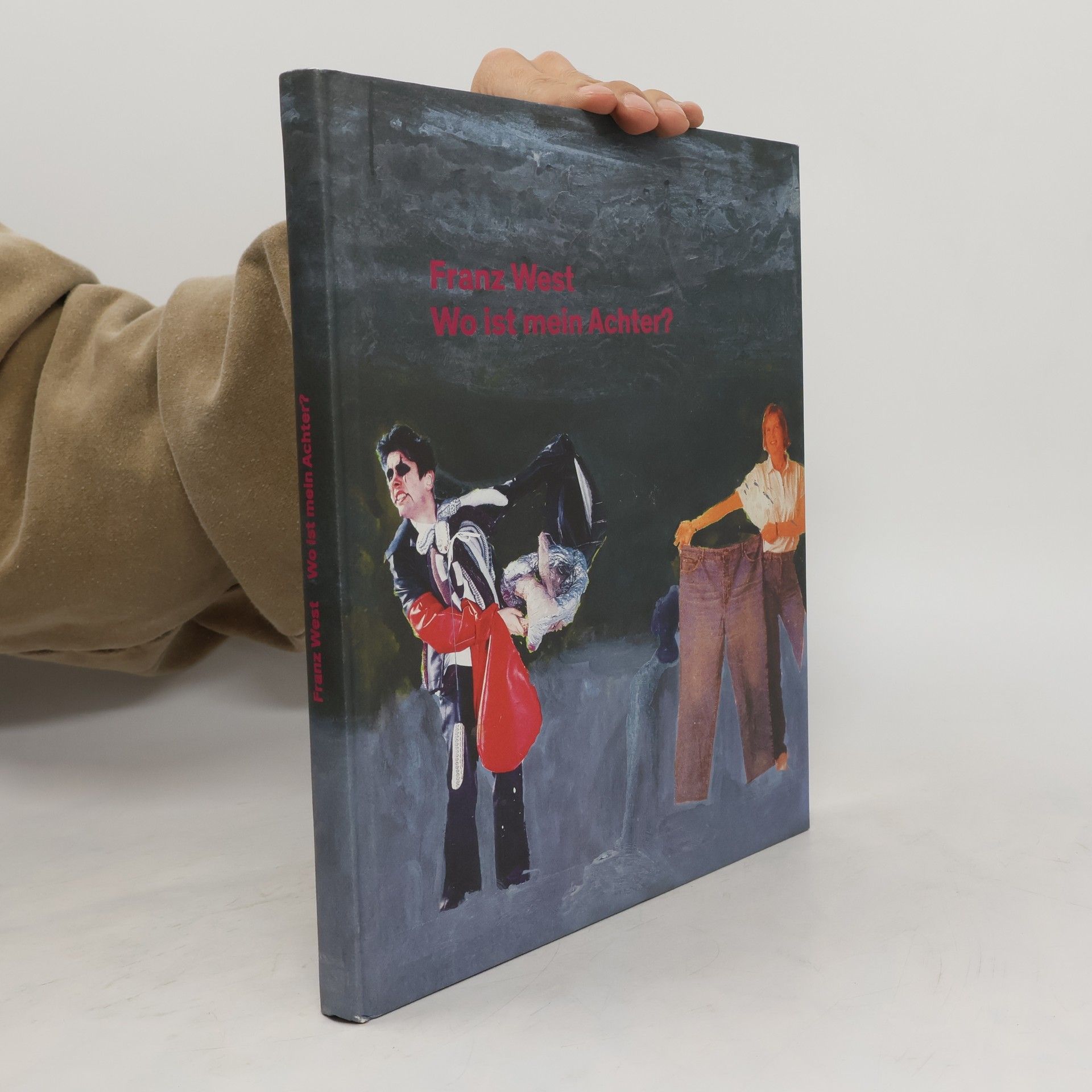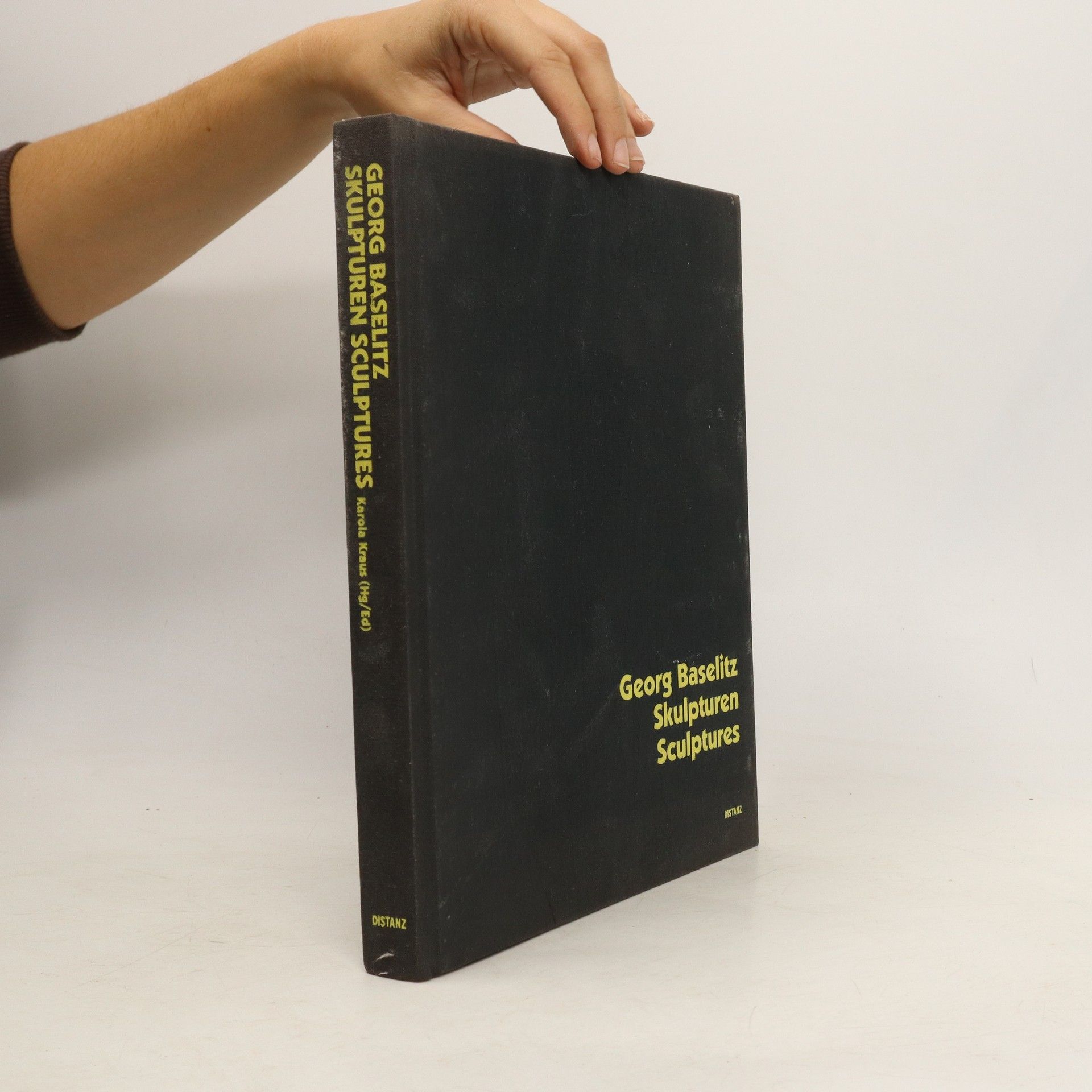For the publication, that will appear on the occasion of the Austrian contribution to the Biennale Arte 2022, Jakob Lena Knebl and Ashley Hans Scheirl have conceived a glossy magazine entitled Soft Machine. Adopting various retro-styles from the history of graphic design, the magazine as a medium offers the opportunity to contextualise the complex artistic approaches and, at the same time, to share the stage with designers,0theoreticians, sponsors, and production partners. In addition to texts, it will also feature interviews on current discourses and photo spreads that afford insight into the dazzling and profound intellectual worlds of Jakob Lena Knebl and Ashley Hans Scheirl and their inspirations.00Texts: Gerald Bast, Hussein Chalayan, Attilia Fattori Franchini, Daniel Kalt, Guilherme Pires Mata, Markus Pires Mata, Susanne Neuburger, Monica Titton, Thomas D Trummer, Barbara Urbanic.00Exhibition: Venice Biennale, Austrian Pavilion, Venice, Italy (23.04. - 27.11.2022)
Karola Kraus Boeken




Georg Baselitz
Skulpturen
Georg Baselitz, geboren 1939 als Hans-Georg Kern in Deutschbaselitz, Sachsen, bricht in seinem Werk kontinuierlich mit festgelegten Kategorien. Die Vieldeutigkeit seiner Werke, kunsthistorische und biografische Anspielungen sowie ironische Distanz zeigen, wie er seine Malerei ständig neu denkt und erfindet. In der Skulptur, die er erstmals 1979 erkundet, kämpft er gegen Harmonie und Symmetrie, ähnlich wie in der Malerei, wo er den Pinselstrichen größtmögliche Freiheit einräumt. Der Bildhauer Baselitz bearbeitet das Holz mit Kettensäge, Beil und Stecheisen, was zu schroffen Linien und Einschnitten führt. Für den Künstler ist Skulptur ein direkterer Weg als Malerei, um ähnliche Probleme auszudrücken, da sie primitiver und brutaler ist. Die Ausdruckskraft der bildnerischen Mittel ist in der Skulptur unmittelbarer und weniger verschlüsselt. Das vorliegende Buch ist ein Catalogue raisonné, das alle 58 Skulpturen von Baselitz dokumentiert, beginnend mit „Modell für eine Skulptur“ (1979/80) bis hin zu „Volk Ding Zero“ (2009). Es dient als wissenschaftliches Nachschlagewerk und vereint erstmals alle Skulpturen, die in den letzten dreißig Jahren entstanden sind.
Heimo Zobernig
Ausst. Kat. Museum moderner Kunst Stiftung Ludwig Wien